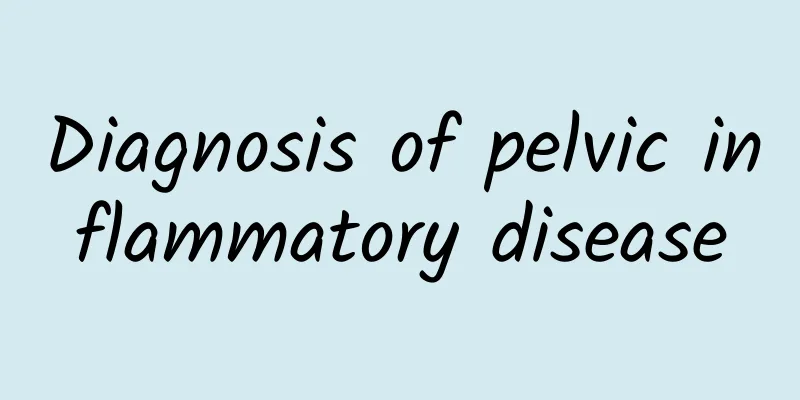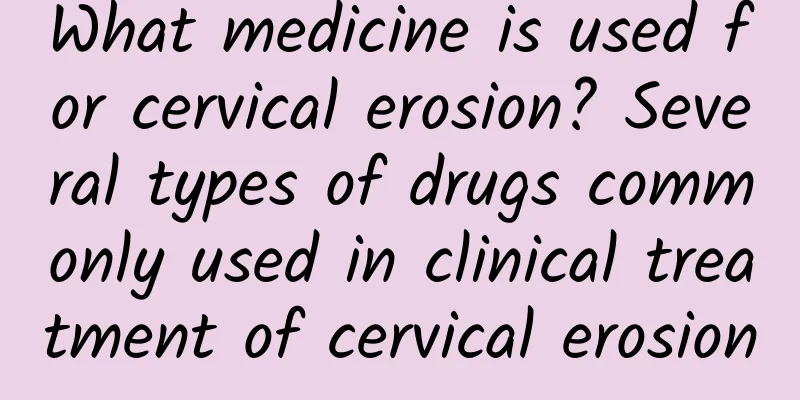Four common examination methods for uterine fibroids

|
The examination method of uterine fibroids plays a very important role in the treatment of uterine fibroids. However, many people do not know much about the examination method of uterine fibroids. So, what is the examination method of uterine fibroids ? In response to this question, let the experts introduce you to the examination method of uterine fibroids. 1. Diagnostic curettage for uterine fibroids: Small submucosal fibroids or dysfunctional uterine bleeding, endometrial polyps are not easy to detect with bimanual examination, and curettage can be used to assist in diagnosis. In the case of submucosal fibroids, the curette feels a convex surface in the uterine cavity, which rises up at first and then slides down, or feels something sliding in the uterine cavity. However, curettage can scrape the tumor surface and cause bleeding, infection, necrosis, and even sepsis. Strict aseptic operation should be performed, and the movements should be gentle. The scraped material should be sent for pathological examination. 2. Hysterosalpingography: Ideal hysterosalpingography can not only show the number and size of submucosal fibroids, but also locate them. Therefore, it is very helpful for the early diagnosis of submucosal fibroids, and the method is simple. The radiograph of the fibroids shows that there is filling and incompleteness in the uterine cavity. 3. Ultrasound examination: B-ultrasound examination is more common in China. It can identify fibroids. The accuracy of this method of uterine fibroid examination can reach 93.1%. It can show that the uterus is enlarged and irregular in shape. The number, location, size of fibroids, whether the fibroids are uniform or liquefied cystic, and whether there is compression of other organs around them. 4. Detection of the uterine cavity: The probe measures the uterine cavity. Intramural fibroids or submucosal fibroids often enlarge and deform the uterine cavity. Therefore, the uterine probe can be used to detect the size and direction of the uterine cavity. Comparing with the findings of biphasic clinics can help determine the nature of the mass, and at the same time understand whether there is a mass in the cavity and its location. However, it must be noted that the uterine cavity is often tortuous, or blocked by submucosal fibroids, so that the probe cannot be fully probed, or if it is a subserosal fibroid, the uterine cavity often does not enlarge, but instead causes misdiagnosis. This is one of the inspection methods for uterine fibroids. The above is the introduction of the examination methods of uterine fibroids, which is for your reference only. Experts remind female friends to choose a regular hospital to receive uterine fibroid examinations to avoid serious consequences. In addition, if you have any questions about the examination methods of uterine fibroids, please consult online experts! |
<<: Understand the causes of cervical erosion
>>: The harm of vulvar leukoplakia needs to be understood
Recommend
What are the common symptoms of cervical erosion?
Cervical erosion brings a lot of harm to our live...
Are your pelvic floor muscles loose and limp? Walking on your hips
You have heard of the word "pelvis", bu...
Irregular menstruation for women? Mainly affected by these 4 factors!
Women's first menstruation is around thirteen...
What conditions can cause dysmenorrhea?
Do you know what causes dysmenorrhea? The causes ...
Recognize the "clues" of ovarian cysts
Yuanyuan's company has been promoting a "...
Causes of pelvic inflammatory disease in women
Causes of pelvic inflammatory disease in women: T...
Will abnormal vaginal discharge affect childbirth? Is it normal to reduce vaginal discharge after childbirth?
Will abnormal vaginal discharge affect childbirth...
What medicine is most effective for dysmenorrhea
There is no single drug that is most effective fo...
Mixed right adnexal mass with pelvic effusion
The right adnexal mixed mass with pelvic effusion...
What are the dangers of abortion for the first time? Abortion will bring these 4 harms to women
For unexpected pregnancy, the solution people ado...
Experts explain the high-risk groups for candidal vaginitis
As a gynecological disease that seriously harms w...
Experts tell you how to prevent chronic cervicitis?
Chronic cervicitis is difficult to cure and bring...
Avoid the increase of visceral fat with this trick! "Limited sugar diet" can only be sustained by doing this
How to avoid visceral fat gain - Eliminate the bo...
Be careful not to oversweeten! 6 High-Sugar Landmines for Breakfast
Only by eating a good breakfast can you have full...
Two common treatments for moderate cervical erosion
Since most symptoms of mild cervical erosion are ...









